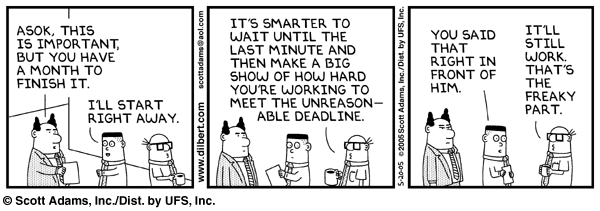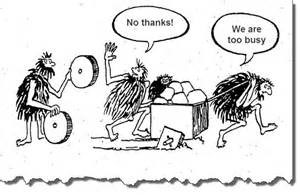Performance (Mis-) Management (Part 2)

In last week’s blog, we discussed three examples of poor Performance Management:
- Politics for a Bonus: An employee at a high-tech company chose to participate in the most visible project over the most impactful and critical project to improve her standing in a peer manager calibration-based performance management system.
- Meeting the Quotas: A salesperson who received a mediocre review for not meeting his cold call targets in spite of far exceeding his revenue targets “gamed the system” to make his cold call numbers look better rather than focusing on revenue.
- Going “Above and Beyond”: An energy company relocating two of its plants rewarded the team that was late and over-budget but worked long hours, not the team who worked reasonable hours and finished on-time and on-budget.




